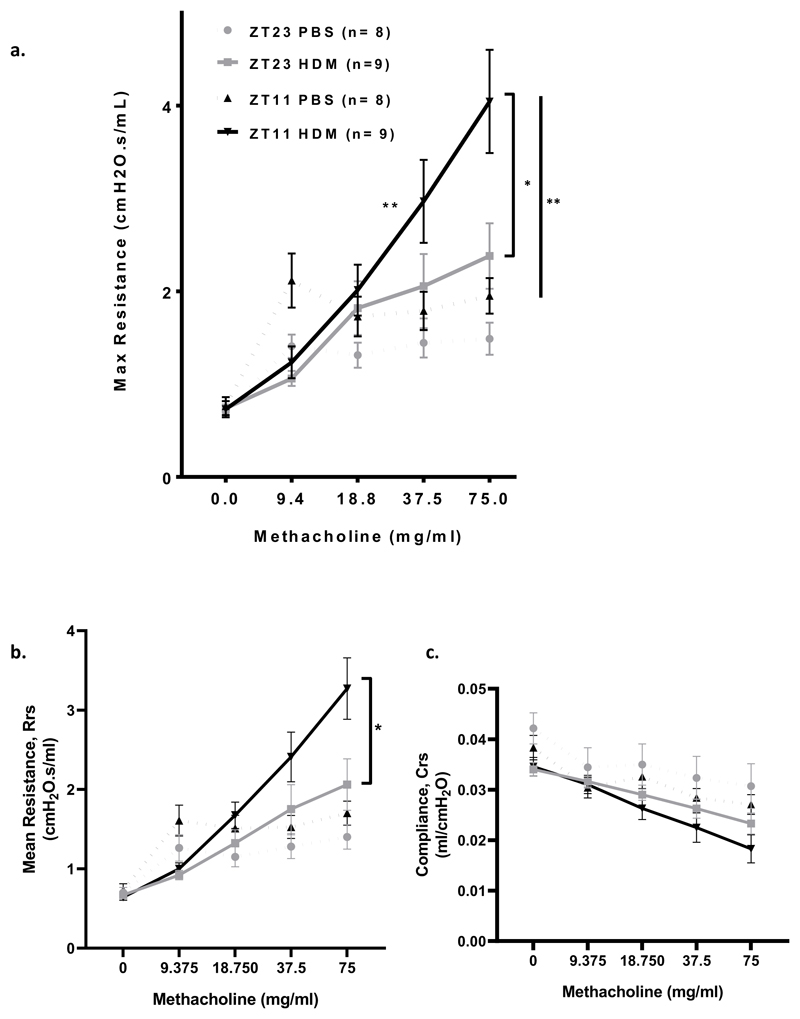Fig 1. HDM challenge at ZT11 (just before start of the active phase) results in a significant increase in AHR compared to challenge at ZT23.
a. Airway hyperresposiveness to increasing doses of methacholine was measured as maximum airway resistance (mean ± SEM) using Flexivent in WT mice at ZT11 and ZT23. The slope of the dose response curve for methacholine is significantly increased after HDM challenge at ZT11 compared to at ZT23 (*P= 0.005), mixed linear modelling. WT mice challenged with HDM exhibited increased airway resistance after 75mg/ml methacholine at both ZT11 and ZT23 compared to control mice treated with PBS (‡P =0.007 for ZT11 and P = 0.055 for ZT23), Mann Whitney U. Maximal airway resistance was significantly higher after 75mg/ml of methacholine in WT mice challenged with HDM at ZT11 compared to at ZT23 (†P=0.05), Mann Whitney U. Baseline airway resistance was higher in control (PBS treated) mice at ZT11 compared to at ZT23.
b. Airway hyperresponsiveness to increasing doses of methacholine was measured as mean reistance (Rrs) (mean ± SEM) in WT mice at ZT11 and ZT23. WT mice challenged at ZT11 exhibited significantly increased mean resistance after 75mg/ml methacholine, compared to at Zt23 (*P=0.03) Mann Whitney U.
c. Compliance (Crs) to increasing doses of methacholine was measured (mean ± SEM) using FlexiVent in WT mice at ZT11 and ZT23. There was a reduction in compliance in both HDM and PBS challenged mice. There was no time of day difference. Mann Whitney U.
Solid lines-HDM treated; dotted lines-PBS treated mice. Grey lines-ZT23 and black lines indicate ZT11.

